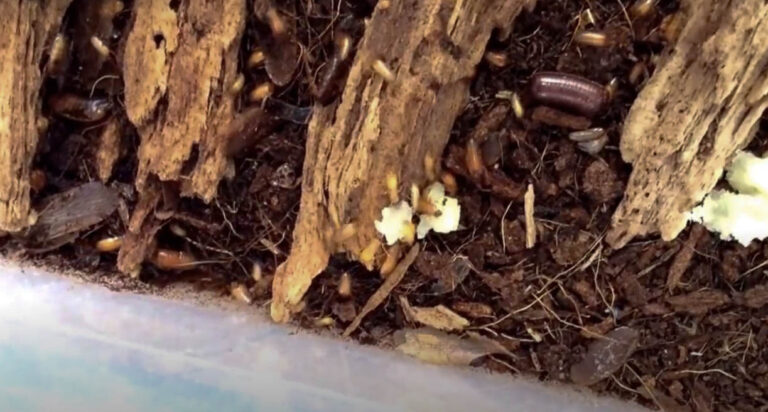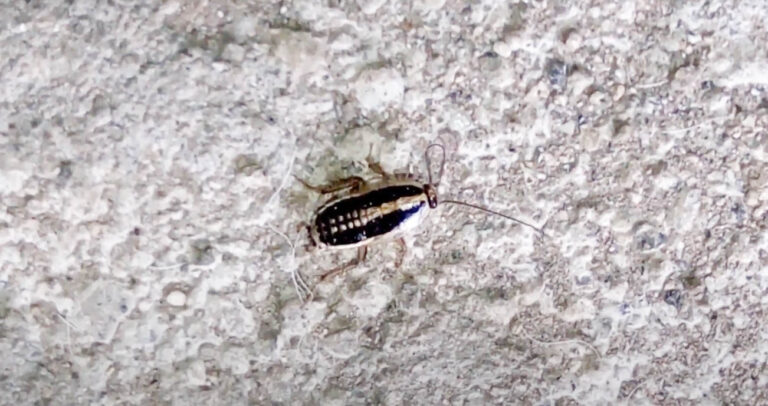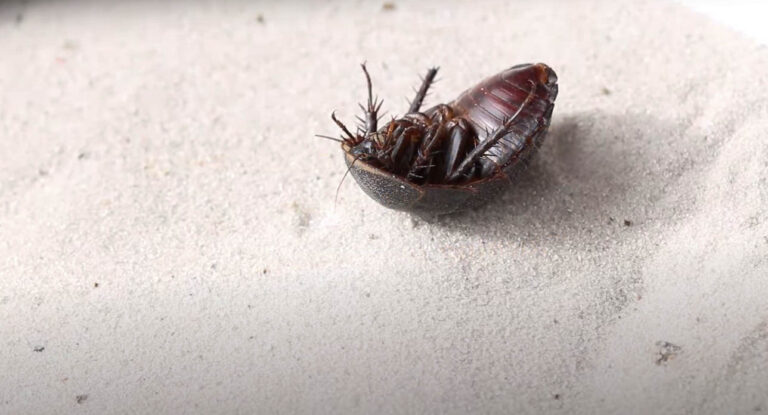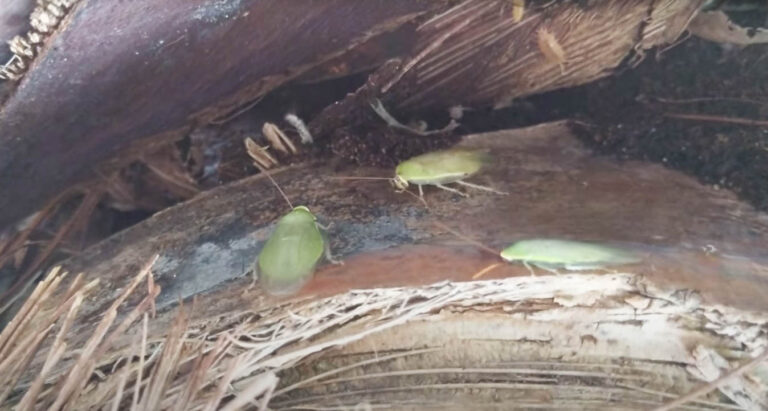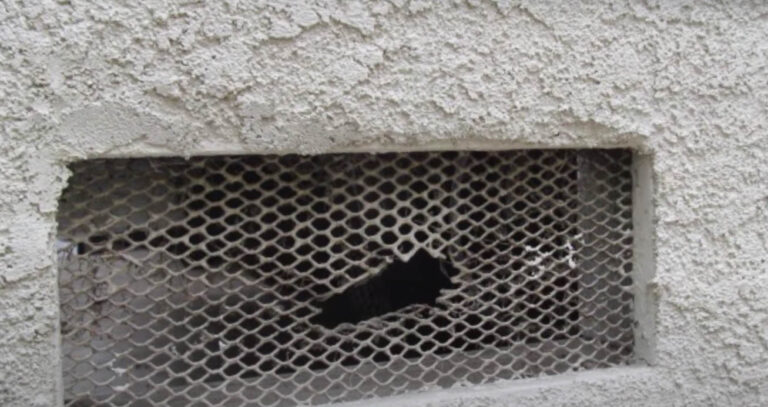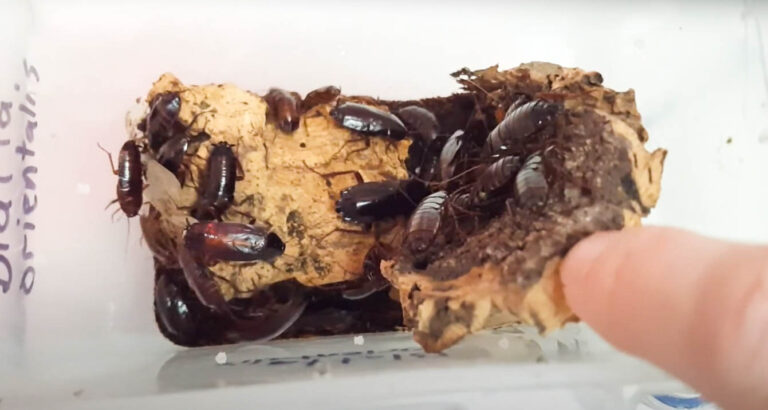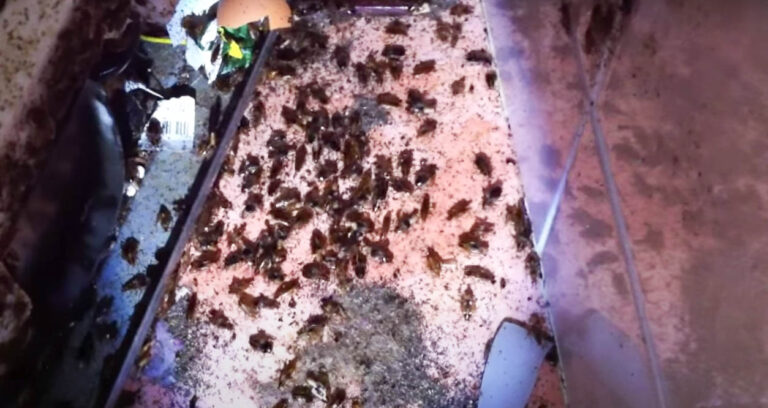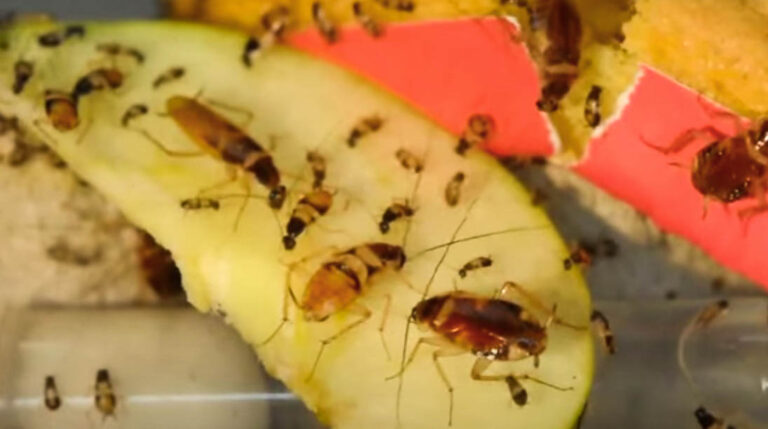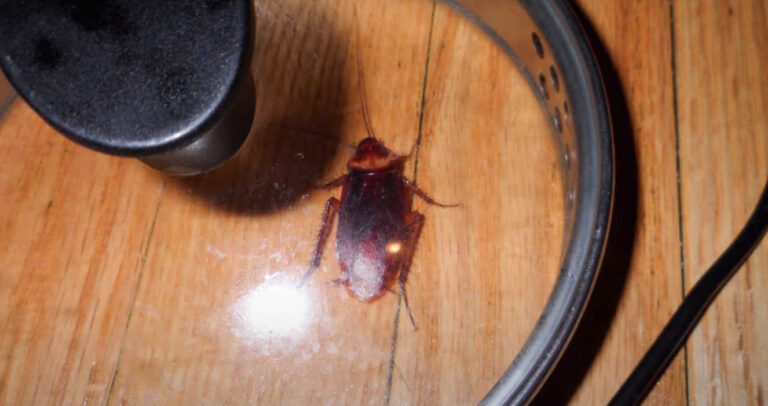About Green Cockroaches
About Green Cockroaches
The green cockroach (Panchlora nivea), also known as the Cuban or the green banana cockroach, is a small cockroach species found in Cuba, the Caribbean, and the Gulf Coast from Florida to Texas. This type of cockroach can grow up to an inch tall. The adult is pale green with a yellowish band appearing conspicuously around the front part of their wings. Usually, these are not home invaders. Instead, they prefer woodpiles and decaying piles of leaves These critters get into the houses by flying through the windows and other openings.
Appearance
Green cockroaches are relatively different in appearance than other cockroach species; as the name suggests, they are green, maybe because they prefer the tropical air. The green cockroach differs in appearance at every stage of its cycle.
a. Egg
The eggs are enclosed in the ootheca; the female green cockroach carries the egg-case internally until they are hatched. The ootheca of the green cockroach has large ootheca (3-4 mm long), holding up to 70 eggs.

b. Nymph
The nymphs are dark brown in the early stages of the nymphal stage, and as it progresses to adulthood, it turns green. The larvae are different from the adult cockroach; they are small and wingless. They feed on falling leaves and fruits. One female can produce up to 30 nymphs from one egg-case.
c. Adult
An adult green cockroach is reasonably small compared to other cockroach species; they are half an inch to an inch long in size with long and transparent wings. They are excellent fliers. Females grow up to 24mm long. Males are about 12-24mm long.
Behavior
Green cockroaches are outdoor species; they reside out in the fields. Their strong wings enable them to fly on trees to feed on fruits. Green roaches are Cuban natives; they reside on several Caribbean islands. They thrive well in tropical conditions. As such, they can infest greenhouses, gardens, and forests as long as they find a favorable condition. Green cockroaches are active at night and are attracted to lights, including indoor lights like TV screens and bulbs. They love eating fruits from trees hence the name “green banana cockroach.” But just like any other cockroach, they feed on decaying matter, food residues, and garbage. Unlike other invasive cockroach species, the green cockroach is a lesser nuisance to homeowners. However, they can still contaminate food due to their mode of feeding on decaying matter. As such, you have to keep them out of your home.
Life cycle
The life cycle of a green cockroach is quite different from the other cockroach species. The females of a green cockroach incubate the eggs internally until they hatch and come out as nymphs. The nymphs appear very different from the adult green cockroach to the extent that you can think they are another species.
The nymphs develop the green color on the last molting stage, just before they become adults. It takes up to 100 days for a larva to grow into a mature adult. When sexually mature, the females appear to be bigger than the males. Green cockroaches are known to mate during the warmest month in spring.

Habitat
Green cockroaches are an outdoor species and rarely found in homes. They reside on trees, leaves, and shrubs; the green color helps them camouflage from predators. They have a special diet that makes them wild and prefer living in the outdoors. They feed on leaves and fruits where they get nutrients and water.
Control
Make sure the doors and windows are well-sealed. Since they are not a home pest, they are considered an outdoor problem. In case they have become a nuisance in your home or living spaces, you can seek help from pest control experts.

